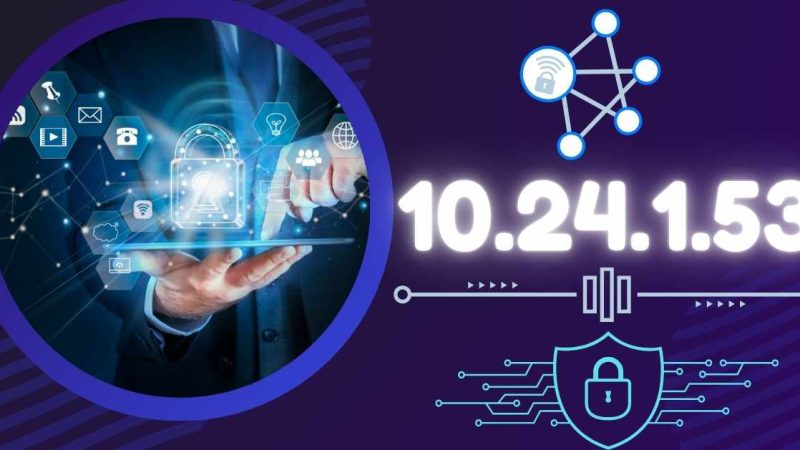What Is a Gantt Chart Used for in Project Management?
What is a Gantt chart? Gantt charts are a tool commonly used in project management for visualizing the timeline of different tasks. They have been around for a century and have become an industry standard due to their simplicity and effectiveness. But what is it that makes Gantt charts so invaluable for project managers? In this article, we will explore what a Gantt chart is and how it is used in project management. Below, we will take a more in-depth look into these charts and their applications.
Understanding the Basics of a Gantt Chart

A Gantt chart is a horizontal bar chart used in project management to illustrate a project schedule. It visually displays the entire timeline of the project, outlining the tasks, their durations, their guidelines, and their start and finish dates. The name ‘Gantt’ comes from its inventor, Henry Gantt, an American mechanical engineer and management consultant.
Modern Gantt charts can also show dependencies among tasks and their current progress status. They provide a visual representation of what should be done and when. This visualization helps keep everyone on the same page and manage the expectations of stakeholders.
Additionally, Gantt charts are flexible. They can be assembled and adjusted easily to account for any changes in plans or schedules. This makes them an excellent tool for both planning and tracking a project’s progress.
Role of Gantt Charts in Effective Project Management
Project management involves juggling numerous tasks, people, and resources, all with different timelines and dependencies. A Gantt chart simplifies this process by providing a clear, visual representation of the entire project timeline. By clearly displaying what needs to be done, who is responsible, and when it needs to be finished, project managers can avoid misunderstandings and miscommunications.
Gantt charts also play a crucial role in resource management. They allow project managers to see which tasks are dependent on one another, ensuring that resources are allocated effectively and bottlenecks are avoided.
Additionally, by visibly representing progress, Gantt charts help maintain project momentum and motivation. Team members can see how their work contributes to the bigger picture, helping to foster a sense of ownership and commitment.
Lastly, Gantt charts help in risk management. Potential problems, delays, and conflicts become more visible when mapped out on a Gantt chart, allowing for proactive problem-solving and better risk mitigation.
Key Features and Elements of a Gantt Chart

While the specifics of a Gantt chart can vary, several key features typically remain constant. These include tasks, timelines, dependencies, milestones, and progress bars. Each task is represented by a horizontal bar whose length corresponds with the task’s duration.
The tasks are listed on the chart’s vertical axis, with dates running along the horizontal axis. This setup enables project managers to visually understand the sequential and parallel relationships between tasks.
Dependencies, another fundamental element of a Gantt chart, indicate the relationship between tasks. For instance, one task might not begin until another has been completed. These dependencies are usually represented graphically with arrows or lines connecting related tasks.
The chart also includes milestones, significant events, or achievements within the project timeline. These milestones serve as reference points helping project managers, team members, and stakeholders to track the project’s progress.
Altogether, understanding what a Gantt chart is and how to use it effectively can significantly improve your project management capabilities. These tools simplify scheduling, enhance communication, and help track progress, making them an invaluable part of modern project management.






